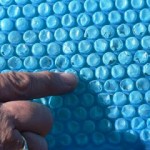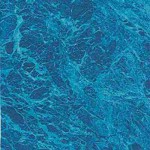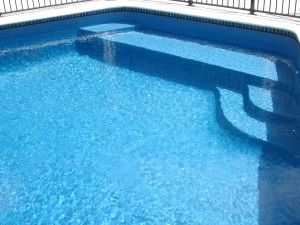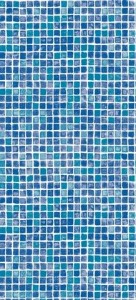 One of the best inventions for pool owners is the salt chlorinator. When these were invented, they reduced the weekly cost of adding chemicals to the pool and, most importantly, they were an automatic dosing system which meant less time spent maintaining the pool.
One of the best inventions for pool owners is the salt chlorinator. When these were invented, they reduced the weekly cost of adding chemicals to the pool and, most importantly, they were an automatic dosing system which meant less time spent maintaining the pool.
Fact #1: These units are not fully automatic. When running, they are constantly dosing your pool, so you still need to monitor the chlorine level yourself. Most pool owners think that these automatic chlorinators are “set and forget”, but they are wrong! Checking the correct level of chlorine in the pool is critical for the health of your family.
It’s also important for the life of pool accessories too. For example, a pool cover is so efficient at reducing the amount of chlorine needed, that the chlorine production on the chlorinator should be turned down by two thirds, so it is only producing around one third as much chlorine as when the pool is uncovered. If the chlorinator is not adjusted, the level of chlorine in the pool gradually increases to a point where it starts to attack the pool cover and pool cleaner and is not healthy for swimming.Obvious signs of an over-chlorinated pool are:
- The underside of the pool cover looks bleached.
- Pieces of the pool cover start to flake off and you find them in the pool skimmer.
- The automatic pool cleaner skirt and parts get sticky and discoloured.
- Pool accessories that are in the water start to perish (like the cord attached to a thermometer).
How can you fix this? Unfortunately, once a high chlorine level has damaged your pool cover or pool cleaner, the damage cannot be reversed. But, you can easily check the chlorine level yourself with a standard test kit — or even easier, by using testing (dip) strips, then adjust the chlorine output to suit.
The good news for the future is that self-adjusting, salt chlorinators are being developed and released into the swimming pool market. These innovations check the chlorine level at regular intervals and automatically adjust the chlorine output to maintain an ideal, continuous level. Look for these in your pool shop or online, if you want the convenience of not having to check chlorine levels yourself, and to avoid damage to your pool cover and pool cleaner.



